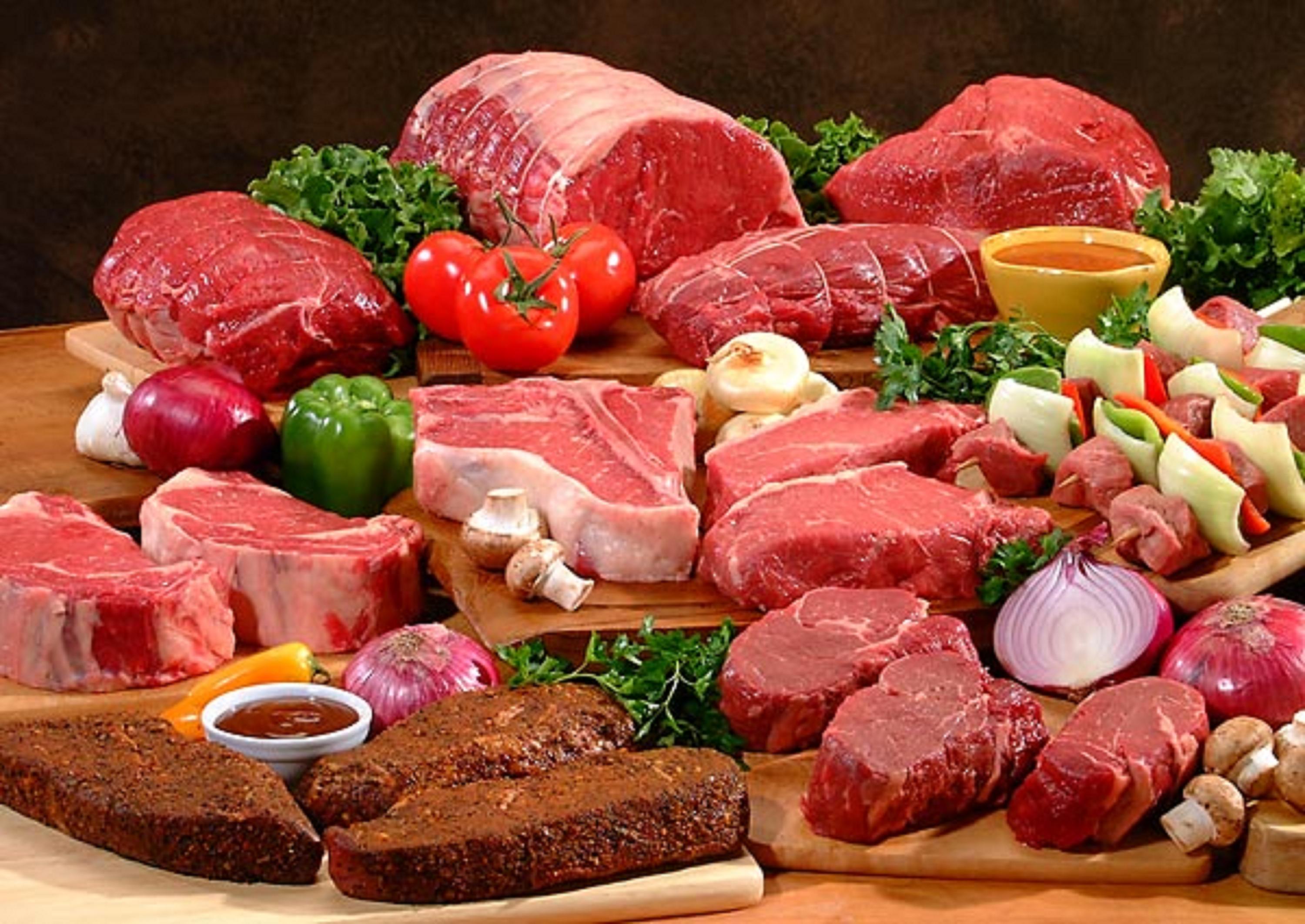US meat consumption to reach an all-time high in 2018
Just 3% of Americans say they follow a strict vegetarian or vegan diet, according to the Pew Research Center. The rest, indulge in meat. Last year, per capita meat consumption in the U.S. increased at the fastest rate in four decades, climbing 5% compared with a year prior, according to the advisory firm Rabobank.The average American now eats roughly 193 pounds of beef, pork and/or chicken a year (or more than 3.7 pounds a week), up from roughly 184 pounds in 2012. As for 2018, Americans is expected to eat a record amount of meat. More precisely, the average consumer will eat 222.2 pounds (100.8 kilos) of red meat and poultry this year, according to the U.S. Department of Agriculture, surpassing a record set in 2004. Meanwhile, domestic production is about to surpass 100 billion pounds for the first time, as livestock owners expand their herds on the back of cheap feed grain.
climbing 5% compared with a year prior, according to the advisory firm Rabobank.The average American now eats roughly 193 pounds of beef, pork and/or chicken a year (or more than 3.7 pounds a week), up from roughly 184 pounds in 2012. As for 2018, Americans is expected to eat a record amount of meat. More precisely, the average consumer will eat 222.2 pounds (100.8 kilos) of red meat and poultry this year, according to the U.S. Department of Agriculture, surpassing a record set in 2004. Meanwhile, domestic production is about to surpass 100 billion pounds for the first time, as livestock owners expand their herds on the back of cheap feed grain.
America’s main meat of choice is chicken, which makes up about half of the meat they eat. Chicken consumption is at its highest level ever, with Americans eating an average of 89 pounds a year each versus 54 pounds for beef and 50 pounds for pork. Beef consumption, on the other hand, has fallen thanks to its high price, as cows require more grain and a lot of land, which rise the price. Moreover, many consumers believe that beef is less healthy than chicken. As far as pork is concerned, consumption has remained relatively flat for years.
The reasons for the rise in meat consumption are the stronger dollar and the large increases in the supply of chicken and pork, says William Sawyer, the director of food and agricultural research at Rabobank. The oversupply pushed prices for chicken down, particularly when compared to the cost of beef and pork. Chicken breast costs in November 2017 were the lowest in five years, and steak and ham are getting less expensive, government data show. As beef has gotten cheaper, fast-food burger restaurants like McDonald’s, Burger King and Wendy’s have had greater leeway in discounting. Beef is what drives profits for grocers and meat companies. In supermarkets’ meat departments, shoppers are finding lower prices and more variety.
It’s a sharp turnaround from 2007 through 2014, a time when per-capita meat and poultry demand slumped 9 percent as rising corn-based ethanol demand and a drought sent commodity prices sharply higher. Though cattle and hogs are now far cheaper than their 2014 peak, prices have staged a rebound. U.S. meat exports have soared as the global economy improves, outpacing the gains in domestic demand.
The increase of meat-intense diets, such as paleo and keto, has also jump-started America’s rekindled love affair with all things cow. Gone are the days of dismissing meat as a heart attack inducer or the unsophisticated grub of Middle America. Now, there’s a premium segment that’s lighting up diners, thanks to their increased demand for organic and grass-fed beef.
This article was exclusively written by DK Consultants for the AMCHAM newsletter.
